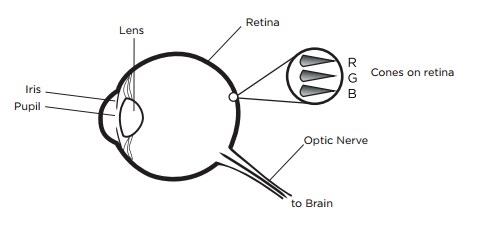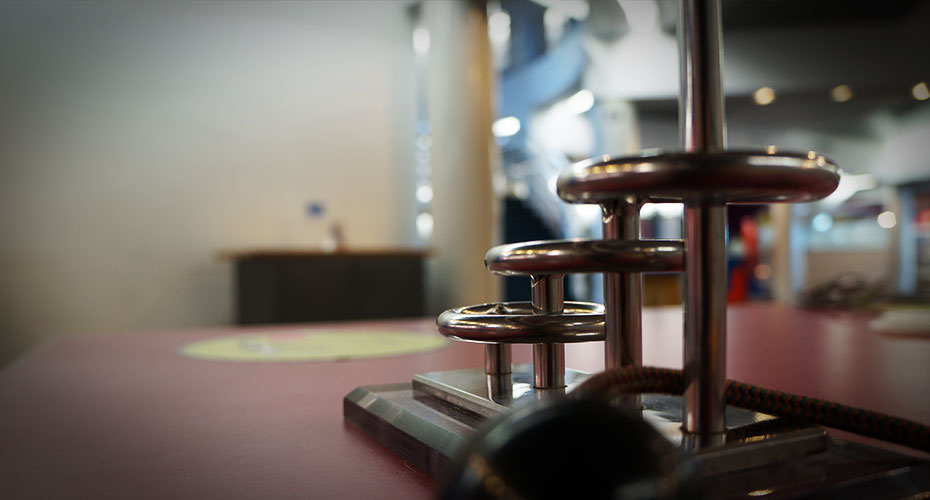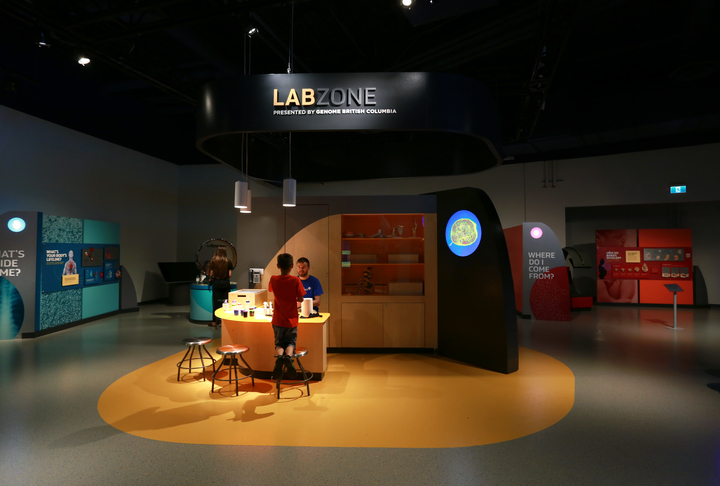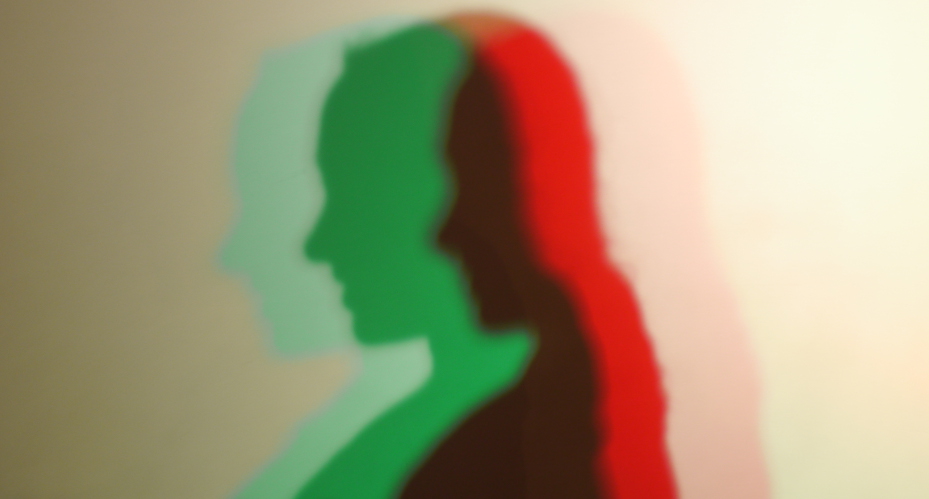Objectives
-
Understand that visual information is processed by the brain.
-
Explain that the brain bases its interpretations on past experiences.
-
Describe how optical illusions occur.
Materials
Background
An optical illusion occurs when the brain perceives something that does not reflect reality. In fact, the word illusion comes from the Latin verb illudere or ‘to mock’.
Optical illusions can result in three ways:
- Your brain makes faulty assumptions based on patterns that you have experienced in the past (a cognitive illusion),
- Your eyes have structural quirks that misinterpret certain visual cues (a physical illusion), or
- Your eyes or brain react strangely to something they’ve been observing for a long time (a physiological illusion).
Like a camera, microscope or telescope,our eyes are optical instruments, but they can adjust themselves automatically. Your eyes can tell different colours apart, can adapt very quickly to changes in light, and can focus themselves automatically.

The iris controls the amount of light entering the eye, like the aperture on a camera. The lens behind it focuses the light to form an upside-down image on the back of the eye, or retina. Right at the beginning of your development as a baby, your brain learned to turn the reversed image upside down, to make it ‘right side up’.
The retina is lined with two kinds of sensory receptors for distinguishing light: rod and cone cells. There are 12 million rod cells and 7 million cone cells. Rod recptors respond to all wavelengths of visible light in low light conditions, allowing us to see objects in dim light. Cone receptors, on the other hand, respond to specific wavelengths that allow us to detect colour, and send this information to the brain.
There are three different types of cone receptors for coloured light: one is most sensitive to red light, one to green light, and one to blue light. With these three colour receptors we are able to perceive more than a million different shades of colour. Cones are less sensitive than rods, however, and thus require higher levels of light. This is why it is difficult to make out the colour of objects in low light conditions. ‘Ghostly’ coloured or squirmy ‘after-images’ can appear when rod or cone cells get tired.
An image that your eye collects is just the first step in the creation of meaning, however. Where information from your senses is unclear, incomplete or seemingly backwards, your brain steps in to help make sense of your world by filling in gaps, ignoring certain data or making decisions, usually based on your previous experiences. But this interpretation sometimes may not reflect reality, and can result in an illusion.
Although this unit emphasizes optical illusions, both tactile and auditory illusions can also result from the brain’s faulty interpretation of data received from touching and hearing. To reinforce this concept, tactile and auditory illusions have also been included as activities and extensions.
Teacher’s Tip:
We suggest that you rotate between the different types of illusions, ideally setting up stations around the classroom for students to visit in turn.
Vocabulary
auditory illusion: An illusion involving the brain’s misinterpretation of sound signals.
lateral inhibition: A body cell’s reduction of the activity of a neighbouring cell.
mirage: An optical illusion where light rays are refracted, or bent, to produce a displaced image of faraway objects.
optical illusion: An illusion involving the brain’s misinterpretation of visual signals.
proprioception: Our sense of the relative positioning of different parts of our body, i.e. our internal “map”.
sensory receptor: A sensory nerve ending that responds to stimuli.
tactile illusion: An illusion involving the brain’s misinterpretation of tactile (touch) signals.
illusion: Something that deceives by producing a false or misleading impression of reality.
thaumatrope: A card with different but related pictures on opposite sides, such as a horse on one side and a rider on the other, which appear as if combined when the card is twirled rapidly, thus illustrating persistence of vision.
stroboscope: A device for studying the motion of a body, especially a body in rapid revolution or vibration, by making the motion appear to slow down or stop. This can be done by periodically illuminating the body in a ‘strobe’-like fashion, or viewing it through widely-spaced openings in a revolving disk.




